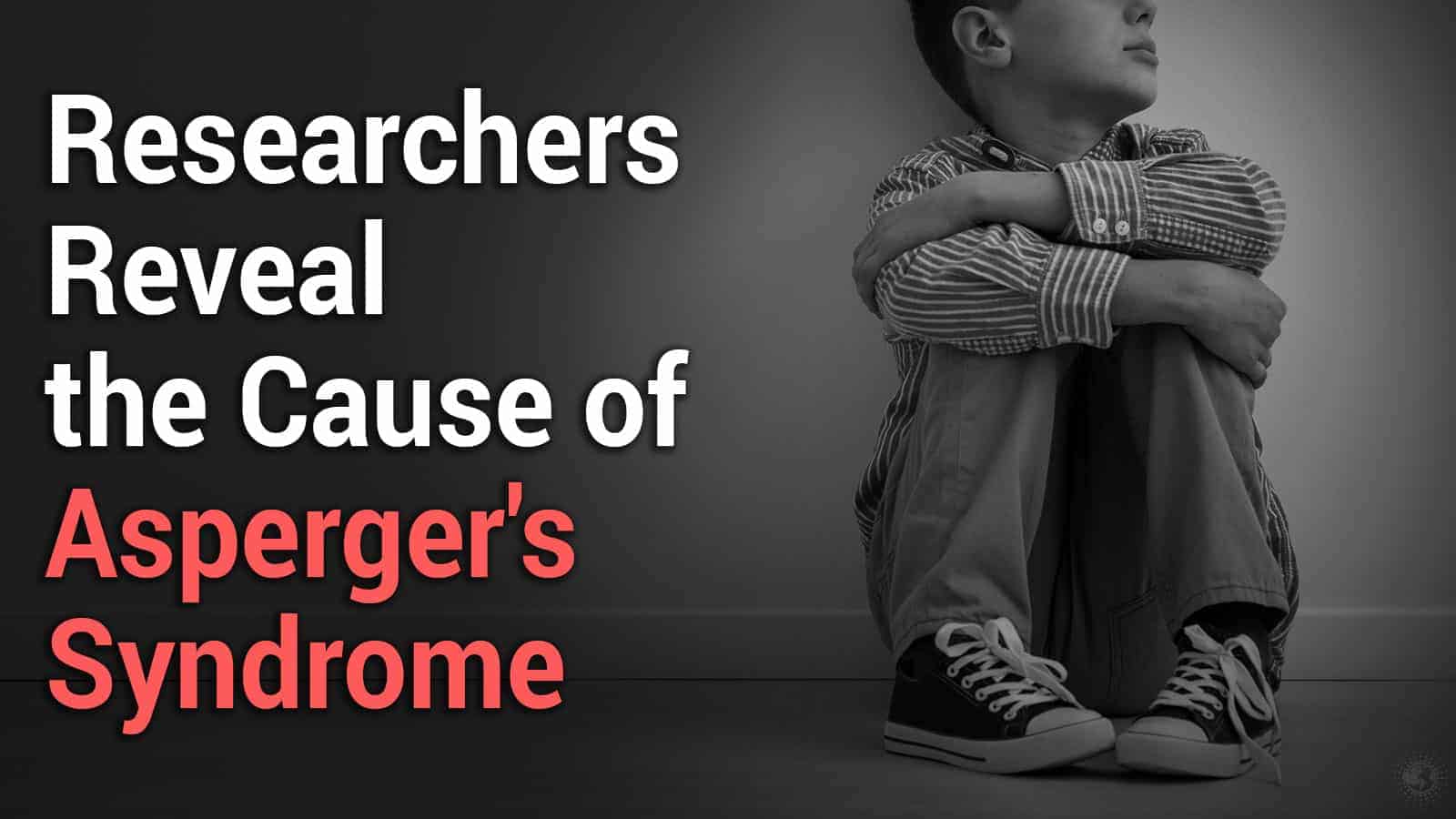Previous studies have shown that autism occurs much more frequently in boys than in girls. Girls also seem to have greater resilience to developing autism. However, researchers haven’t been able to discern why until now.
A new study by Yale researchers discovered that autism in boys develops differently in the brain than in girls. They also found that girls with autism have more genetic mutations than boys. This implies that girls have more resiliency to the disorder, requiring more “genetic hits” to develop it.
The study was published in the April 16 edition of the journal Brain.
“We know so little about how autism unfolds in the brain,” said Dr. Abha Gupta, assistant professor of pediatrics at the Yale School of Medicine and lead author of the study. “It’s important to be able to land on spots where the dysfunction might arise because that gives us more traction into where in the brain to look. We need to be accurate about this.”
Other collaborators on the research included Dr. Allison Jack from George Mason University and Dr. Kevin Pelphrey from the University of Virginia’s Brain Institute. The Yale team also included Catherine Sullivan, a research assistant in pediatrics.
Facts and statistics about autism
 Autism Spectrum Disorder (ASD) is a developmental disorder that impairs a child’s ability to interact, communicate, and learn. In most cases, genetics plays a huge factor in the likelihood of a child developing autism. Children born to older parents are also at a higher risk of having autism.
Autism Spectrum Disorder (ASD) is a developmental disorder that impairs a child’s ability to interact, communicate, and learn. In most cases, genetics plays a huge factor in the likelihood of a child developing autism. Children born to older parents are also at a higher risk of having autism.
- In 2020, the CDC reported that about 1 in 54 children in the U.S. get diagnosed with autism, according to 2016 data.
- 1 in 34 boys identified with autism
- 1 in 144 girls identified with autism
- This means that autism in boys occurs four times as often as in girls.
- Autism can be diagnosed as early as age 2, but many children get diagnosed after age 4.
- 31% of children with ASD also have an intellectual disability (an IQ less than 70); 25% are in the borderline range (IQ 71–85), and 44% have IQ scores in the average to above-average range (IQ >85).
- Autism affects all ethnic and socioeconomic groups fairly equally.
- Minority children tend to receive a diagnosis later and less frequently.
- Early treatment gives children the best chance at healthy development. While interventions help, there is no cure for autism currently.
Autism rates have been rising over the last few decades, and scientists still haven’t found the exact cause of this. However, perhaps this study about how autism in boys presents differently from girls will lead to answers. The team found that even when controlling for factors such as boys’ tendency to express symptoms more, the discrepancy remained.
Dr. Gupta says that most studies in the past on autism have focused primarily on male samples. This would explain why, until now, researchers haven’t been able to explain the discrepancy in autism rates between boys and girls.
 Researchers found key differences in how autism in boys and girls develops
Researchers found key differences in how autism in boys and girls develops
For the study, researchers took samples from both boys and girls between ages 8 and 17. The study included 45 girls and 47 boys with autism, 45 and 47 typically developing girls and boys, respectively.
The research team analyzed the brains of young people with and without ASD to determine how they process human emotion. Children with autism have difficulty reading social cues and the reactions of others. Previous studies on autism in boys discovered key differences in a part of the brain in children with autism.
In boys with ASD, the brain region called the posterior superior temporal sulcus appeared less responsive. This part of the brain helps with processing auditory and visual stimuli and is more active in kids without autism. Using functional magnetic resonance imaging, the researchers confirmed this finding from prior studies on autism in boys.
Key findings from the study
However, in brain scans done on girls, they found that autism impacted a different region of the brain. They discovered that the striatum, which controls cognition, reward, and coordinated movements, functions differently in girls with autism.
Furthermore, they found that girls with autism had more genetic mutations, called copy number variations, in their striatum. This implies that girls require a greater number of genetic mutations to develop autism. Using genetic analysis, researchers wanted to delve even further into these key differences.
They analyzed data from the Simons Simplex Collection, a genetic database including over 2,000 families who have a child with autism. After examining the data, the researchers found it confirmed their initial findings. They found that girls with autism had a greater number of genetic mutations in the striatum area of the brain.
Gupta says the findings provide insight into the brain differences in girls with autism. It also helps researchers better understand the “female protective effect,” making girls less likely to develop autism.
“The hope, the vision, is that somehow we can manage these protective effects to understand better what makes some people more resilient to developing autism and leverage that somehow into potential targets for treatment,” she said.
Gupta said that she and her team would do subsequent studies to gather more information. Next, they’ll use whole-genome sequencing to look for other important patterns in the subjects’ brains. They will also study brain connectivity to understand more clearly the differences between autism in boys and girls.
 Final thoughts about a study showing why autism occurs more often in boys than girls
Final thoughts about a study showing why autism occurs more often in boys than girls
A groundbreaking study from Yale University found key differences in the brains of boys and girls with autism. They discovered that girls appear to have greater resiliency to developing autism, requiring more genetic mutations to receive a diagnosis. In girls, autism mostly impacts the striatum’s brain region, while autism in boys affects the posterior superior temporal sulcus.
This difference in the brains of boys and girls with autism may explain the discrepancy in autism rates. While more research is needed in the future, this finding marks a huge breakthrough in our understanding of autism.

















